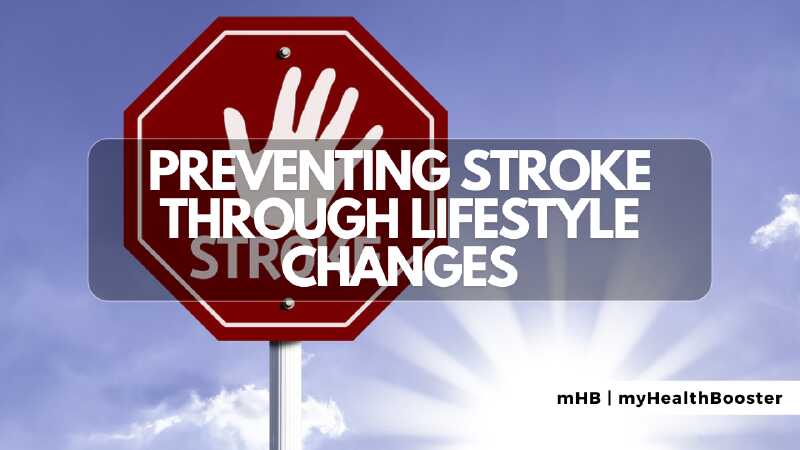Stroke, a serious medical condition affecting blood flow to the brain, is often preventable through mindful lifestyle choices. In this comprehensive guide, we’ll explore evidence-based strategies and lifestyle changes that can significantly reduce the risk of stroke. From dietary adjustments to physical activity and stress management, empowering yourself with these proactive measures can play a pivotal role in safeguarding your long-term health.
The Risk Factors for Stroke
Explore the common risk factors associated with strokes, including hypertension, high cholesterol, smoking, diabetes, and sedentary lifestyles. A clear understanding of these factors forms the foundation for targeted lifestyle modifications.
Adopting a Heart-Healthy Diet: Nourishing Your Body, Protecting Your Brain
a. The Mediterranean Diet: Uncover the benefits of the Mediterranean diet, rich in fruits, vegetables, whole grains, and healthy fats. Explore its role in reducing inflammation and promoting cardiovascular health.
b. Limiting Sodium Intake: Understand the connection between high sodium consumption and hypertension. Practical tips for reducing salt in your diet without compromising flavor will be discussed.
c. Omega-3 Fatty Acids: Delve into the significance of omega-3 fatty acids found in fatty fish, flaxseeds, and walnuts. Learn how these essential fats contribute to heart health and stroke prevention.
Maintaining a Healthy Weight: The Role of Physical Activity
a. Regular Exercise Routine: Explore the benefits of regular physical activity in maintaining a healthy weight and promoting optimal blood circulation. Tailor exercise routines to your fitness level, ensuring consistency.
b. Cardiovascular Exercises: Understand the importance of aerobic exercises such as walking, jogging, or swimming in improving cardiovascular health and reducing the risk of stroke.
c. Strength Training: Discover how incorporating strength training exercises enhances overall fitness and contributes to weight management.
Quitting Smoking: Breaking Free for Cardiovascular Health
Uncover the profound impact of smoking on stroke risk and cardiovascular health. Practical strategies and resources for smoking cessation will be explored, offering a roadmap to a smoke-free life.
Managing Stress: A Holistic Approach to Well-Being
a. Mindfulness and Meditation: Explore the calming effects of mindfulness practices and meditation in managing stress levels. Learn how these techniques can positively influence blood pressure and overall mental well-being.
b. Yoga and Relaxation Techniques: Delve into the benefits of yoga and other relaxation techniques in promoting emotional balance and reducing stress-induced risk factors for stroke.
Monitoring Blood Pressure and Cholesterol: Key Metrics for Health
Understand the importance of regular health check-ups to monitor blood pressure and cholesterol levels. Learn how maintaining optimal levels of these metrics contributes significantly to stroke prevention.
Summary
Preventing stroke through lifestyle changes is a proactive and empowering endeavor. By embracing a heart-healthy diet, maintaining a physically active lifestyle, quitting smoking, managing stress, and monitoring key health metrics, you can significantly reduce your risk of stroke. These lifestyle changes not only protect your cardiovascular health but also contribute to your overall well-being. For more in-depth information and personalized advice, explore our other articles or reach out with your specific questions. Your journey to a stroke-free life begins with the empowering choices you make today.
